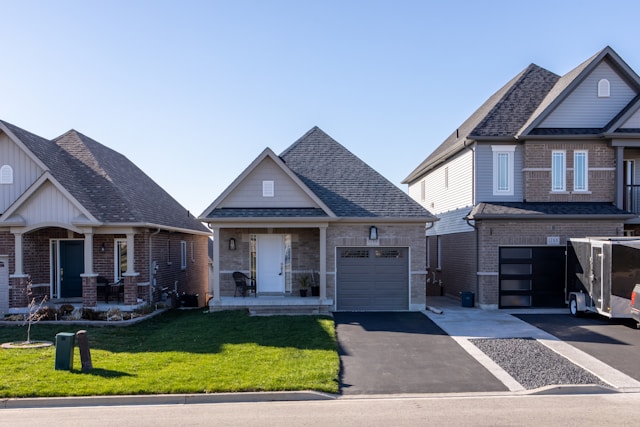Ontario set a formidable objective: facilitating the construction of 1.5 million new residences by the year 2031. This ambitious target necessitates a sustained pace, requiring roughly 150,000 housing starts annually. However, recent data emerging from the province’s budget paints a different picture, indicating a significant deviation from the needed trajectory. The stark figures underscore the essential task of understanding the numbers to grasp the reality of the situation.
Examining the latest projections provides a clear numerical assessment of the challenge. According to analysis based on private-sector data presented alongside the provincial budget, Ontario is currently projected to initiate construction on only 71,800 housing units in 2025. This figure is less than half of the 150,000 units required to stay on pace for the 2031 goal. The projections offer a view into the near future as well, estimating 74,800 starts in 2026 and 82,500 in 2027. These specific numbers reveal a considerable gap between the province’s aspirations and the anticipated outcomes based on current trends and forecasts. Furthermore, these projections represent a downward revision; earlier budget documents had forecast approximately 282,000 homes initiated between 2025 and 2027. The latest estimate of 229,000 for that same period signifies an 18 per cent decline in expected housing starts, emphasizing the degree to which the numerical outlook has worsened.
In the face of these concerning numbers, explanations for the shortfall have emerged, pointing towards various contributing factors. Finance Minister Peter Bethlenfalvy acknowledged the government’s unwavering commitment to the 1.5 million goal but attributed the difficulties in hitting the target, in part, to external economic pressures. He specifically mentioned tariffs, stating they have affected housing starts globally, not just within Ontario’s borders. The government has also previously cited rising interest rates and broader market conditions as impediments. These arguments suggest that forces largely external to provincial policy are impacting the numerical performance of the housing sector, making it harder to achieve the desired volume of construction starts.
Conversely, opposition voices offer a different interpretation of the data and the reasons behind the lagging numbers. Ontario Liberal Leader Bonnie Crombie laid the blame squarely at the government’s feet, asserting that their policies were responsible for the slow pace of construction starts. This perspective argues that internal governmental actions, or lack thereof, are the primary drivers behind the numerical deficit in housing production. The debate centres on whether the shortfall revealed by the numbers is a consequence of global economic forces or a direct result of provincial governance and strategic decisions concerning housing development.
Pinpointing a single, definitive cause for the current numerical trajectory of housing starts in Ontario is complex when viewed through the lens of the available information. The numbers themselves – the gap between the target and projected starts, the year-over-year projections, and the downward revisions – provide clear quantitative evidence of the challenge. However, the attributed reasons for these numbers differ significantly between the government and the opposition. While tariffs, interest rates, and government policies all undeniably play roles in the broader housing ecosystem, the specific data linking each factor directly to the magnitude of the projected shortfall figures is not explicitly detailed, leaving room for differing conclusions on the root cause of the numerical discrepancy.
Ultimately, the data confirms Ontario faces a substantial challenge in meeting its stated housing goal. The latest projections demonstrate, through concrete numbers, that the province is not on track. While the government points to external economic factors like tariffs and interest rates, and the opposition faults government policy, the core reality remains the gap highlighted by understanding the numbers. The debate over causation continues, but the numerical distance from the 2031 target is clear.
References:
Ontario housing start projections fall again as 1.5 million goal gets further away

